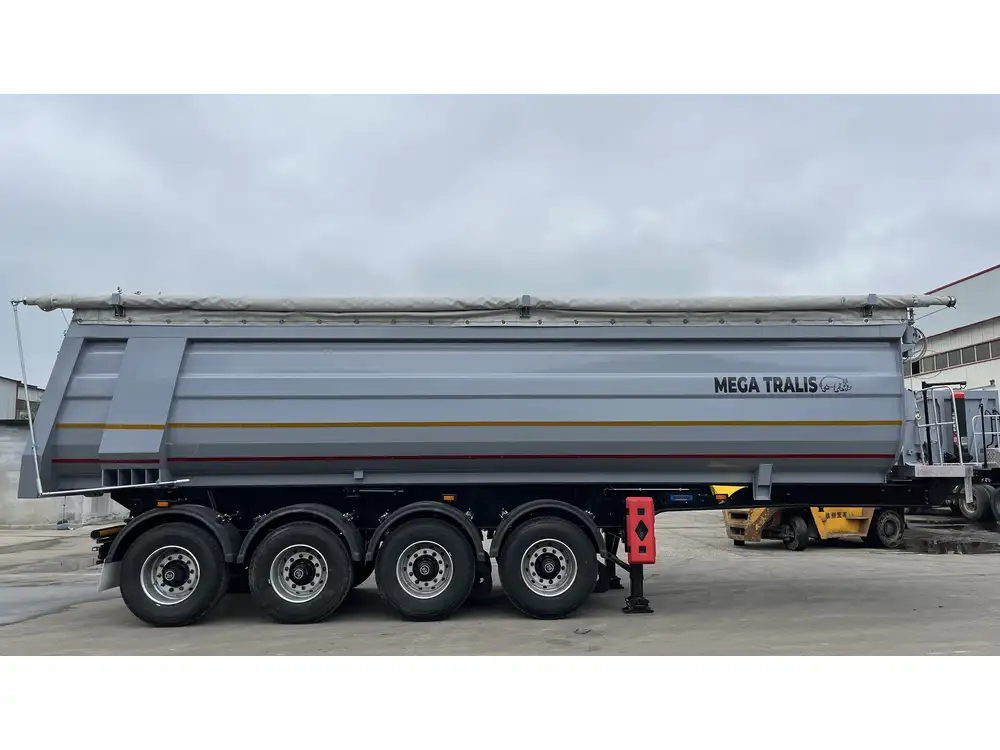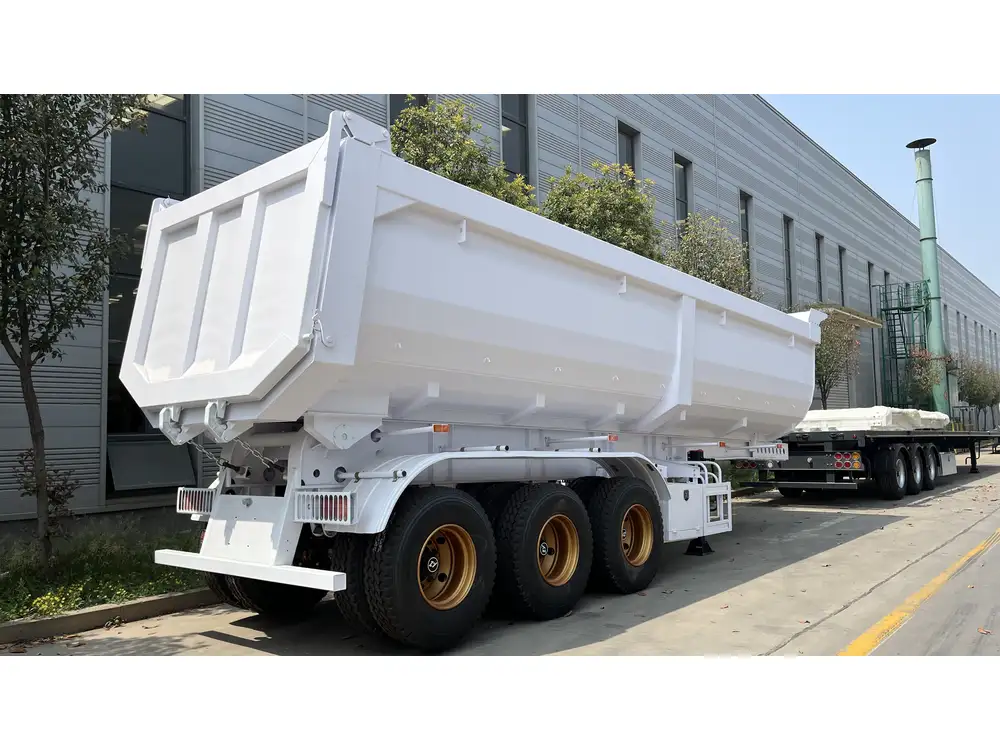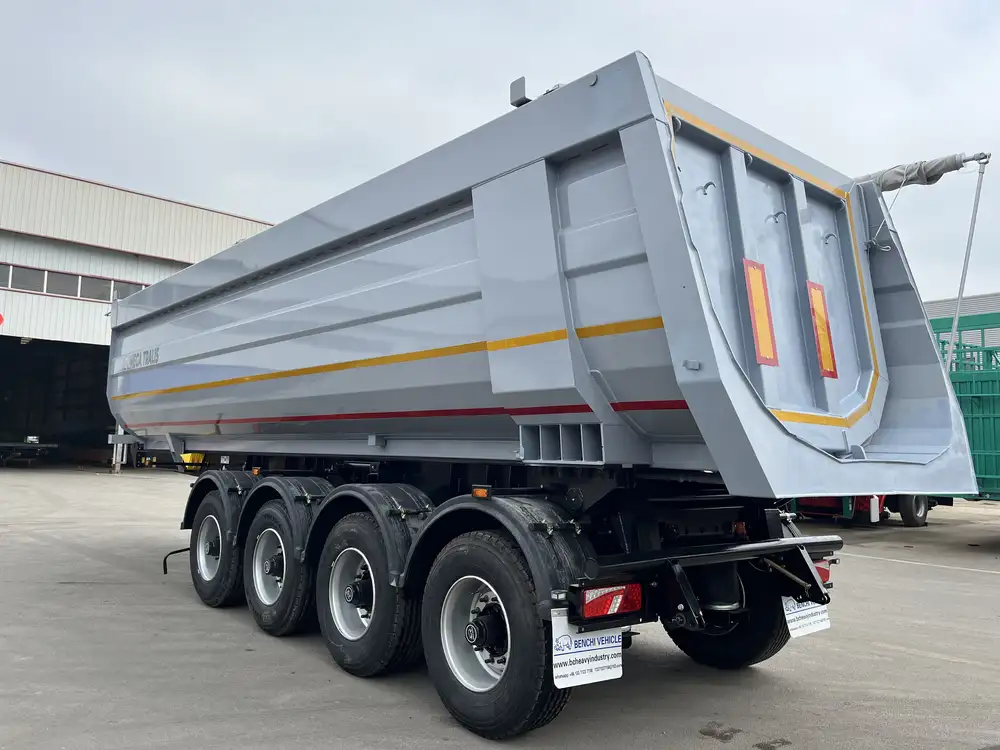Semi-trailers are an integral part of the logistics industry, providing the backbone to freight transportation across vast distances. Understanding the volume capacity—measured in cubic feet or cubes—is crucial for manufacturers, shippers, and logistics companies alike. In this comprehensive guide, we’ll unpack the dimensions, loading capacities, and practical considerations when calculating how many cubes are available in a semi-trailer.
Dimensions of a Semi-Trailer: The Basics
Before diving into volume calculations, it’s essential to establish the standard dimensions of semi-trailers. These trailers generally adhere to industry standards, ensuring compatibility among trucks and loads.
| Trailer Type | Length (feet) | Width (feet) | Height (feet) |
|---|---|---|---|
| Standard Dry Van | 53 | 8.5 | 13.5 |
| Flatbed | 48-53 | 8.5 | Varies |
| Refrigerated Trailer | 53 | 8.5 | 13.5 |
| Step Deck | 48-53 | 8.5 | Varies |
Standard Volume Calculation
To calculate the volume inside a standard semi-trailer, we employ the formula:
[ \text{Volume} = \text{Length} \times \text{Width} \times \text{Height} ]Assuming we are using a 53-foot dry van with standard dimensions, the calculation would be:
[ \text{Volume} = 53 \text{ft} \times 8.5 \text{ft} \times 13.5 \text{ft} \approx 6,724.5 \text{cubic feet} ]
Converting Cubic Feet to Cubes
In logistical terms, when professionals refer to “cubes,” they often mean cubic feet. Therefore, a standard 53-foot semi-trailer could accommodate approximately 6,700 cubes when rounded. This figure serves as a baseline, but factors influencing actual load capacity may vary.
Factors Affecting Actual Capacity
While a semi-trailer theoretically holds a specific volume, various factors contribute to the practical loading capacity.
1. Weight Limitations
Each semi-trailer has a maximum Gross Vehicle Weight Rating (GVWR) that restricts the weight of cargo it can transport. The typical GVWR for a semi-trailer is 80,000 pounds. This weight includes the truck, trailer, and the cargo. Heavy cargo can significantly reduce the volumetric potential as shippers balance weight with volume.

2. Loading Configuration
The method of loading also influences how much cargo can actually fit inside the trailer. For instance:
- Palletized loads typically utilize the space more efficiently compared to loose, bulk items.
- Hazardous materials might require special packaging that takes up more room.
- Oversized items or unconventional shapes might limit usable space as well.
3. Type of Trailer
Different types of trailers have unique designs that affect volumetric efficiency. For example:
- Flatbeds have no walls or roofs, allowing for more oversized cargo.
- Reefer trailers (refrigerated semi-trailers) contain insulation and cooling equipment, which may reduce internal volume.
4. Cargo Arrangements
Arranging cargo in a semi-trailer can be strategic. For maximum volume utilization, consider:
- Stacking items when possible.
- Using dunnage to fill voids and stabilize cargo.

Types of Cargo and Their Effect on Loading
When considering how many cubes a semi-trailer can accommodate, it’s also vital to discuss the types of cargo:
- Lightweight goods (e.g., textiles, paper) may allow for fuller load utilization.
- Heavy machinery and equipment, while taking up fewer cubes, dramatically affect the overall weight and limit capacity.
Understanding the nature of cargo can significantly alter planning, highlighting the importance of accurate estimations for effective logistics management.
Practical Applications: How to Estimate Cargo Volume
To maximize efficiency in transportation, shippers need to estimate cargo volume effectively. Here’s a systematic approach to accomplishing this:
Step-by-Step Volume Calculation
- Measure the Cargo: Obtain measurements of length, width, and height for each cargo piece.
- Calculate Individual Volume: Use the formula:
- Sum Up Volumes: Add all individual volumes to get the total cargo volume.
- Compare with Trailer Capacity: Compare the total cargo volume to the trailer’s capacity to identify whether the load is feasible.

Example Calculation
Imagine you have:
- 10 pallets measuring 4 feet long, 3 feet wide, and 4 feet high.
If the semi-trailer has a capacity of approximately 6,724 cubic feet, this arrangement is efficient and feasible.
Visualizing Load Capacity: Graphical Comparisons
Trailer Cubic Capacity vs. Weight Distribution
To further simplify understanding load dynamics, visualizing this data can help. The following graph illustrates the relationship between trailer cubic capacity and maximum weight limits.
| Weight (lbs) | Cubic Capacity (cubic feet) |
|--------------------|-------------------------------|
| 10,000 | 6,700 |
| 40,000 | 5,500 |
| 75,000 | 3,500 |
| 80,000 | 2,500 |
Load Capacity Utilization
Creating a stacked bar graph can also effectively depict how various cargo types fill the trailer space concerning their respective weight.
- Palletized Goods may fill more cubic space with less weight.
- Bulk Materials could fill dense volume but be limited by weight constraints.
Conclusion: Maximizing Semi-Trailer Efficiency
Delivering goods is an art and a science, requiring meticulous planning to ensure that every inch of space—and every pound of weight—is optimized. Understanding how many cubes fit in a semi-trailer is only the beginning. By intimately knowing the dimensions, factoring in weight limitations, considering cargo types, and employing effective loading strategies, logistics professionals can ensure successful shipments.
Whether you are a manufacturer looking to optimize your supply chain or a logistics company planning freight routes, leveraging this knowledge can lead to significant efficiency gains. Remember that every cubic foot counts; efficiency translates to cost savings and improved service delivery.
By mastering these principles, any professional in the logistics and manufacturing sector will be well-equipped to make informed decisions and drive successful transport operations.



